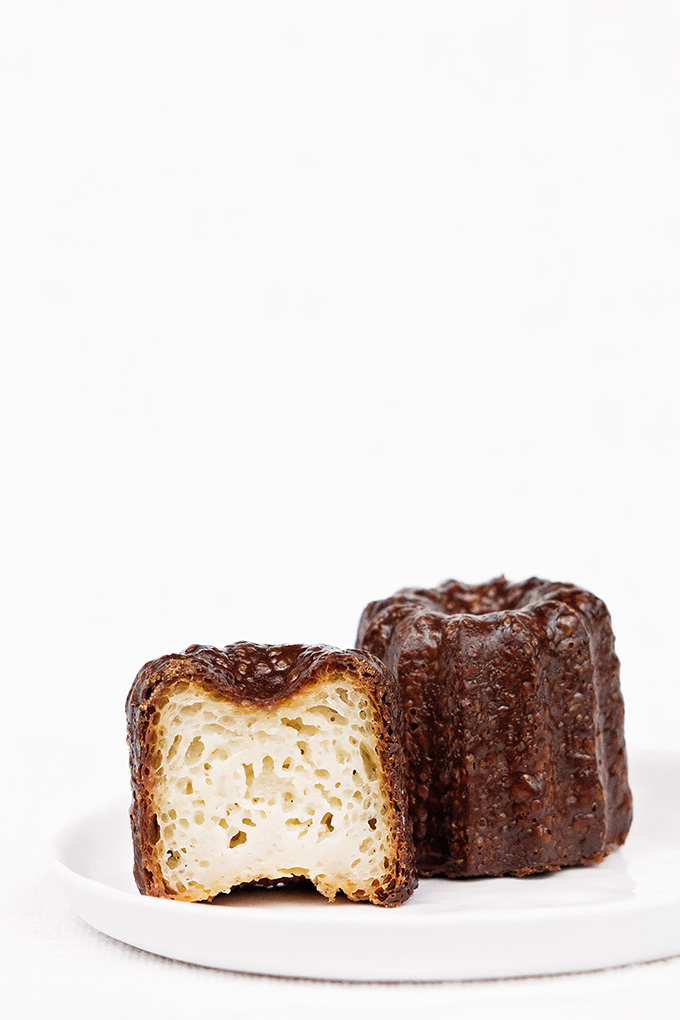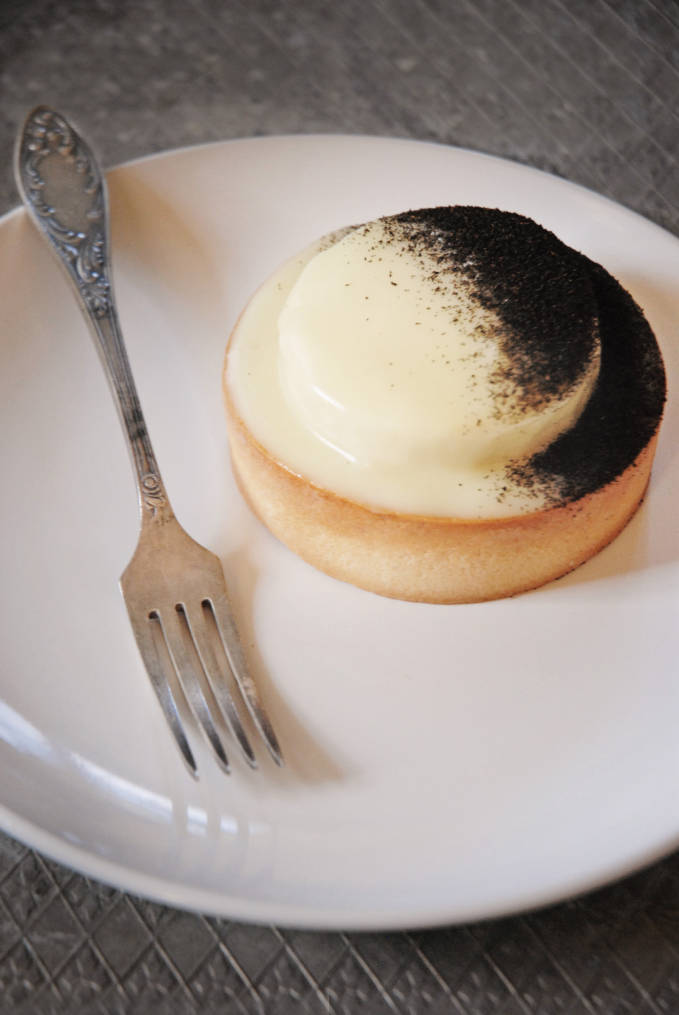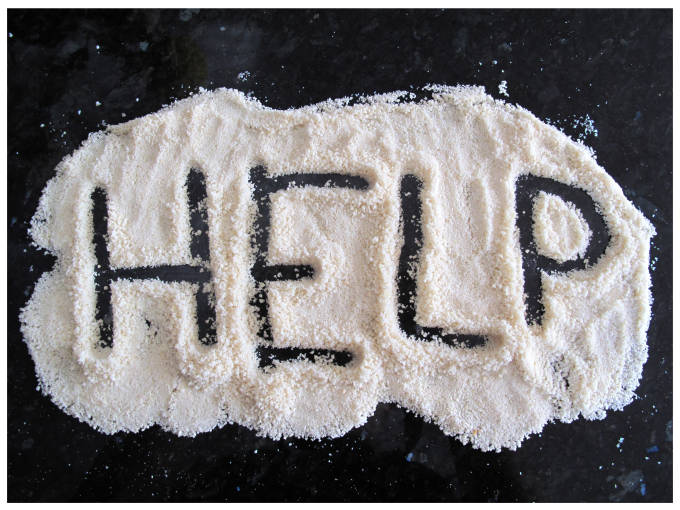On a recent trip to New York, I had the delightful opportunity to visit Dominique Ansel’s bakery. Ansel, who created the Cronut (a croissant-doughnut hybrid), is one of the world’s most acclaimed pastry chefs. The French-trained Ansel holds numerous awards, including a James Beard Award for Outstanding Pastry Chef. In 2017, he was named the World’s Best Pastry Chef by the World’s 50 Best Restaurants awards. The Daily Mail calls him “the most fêted pastry chef in the world.” Clearly, Ansel knows pastry.

While the Cronut brought him fame in 2013 (TIME magazine even named the Cronut one of the “25 best inventions of 2013”), the employees I spoke to at Ansel’s eponymous pâtisserie were not particularly enthusiastic about the treat. “We get lines around the block, before we open, to this day,” one staff member sighed, “but really I find them a bit too sweet for my liking.” Instead, I was pointed toward Ansel’s unassuming canelés. There, sitting between the cookies in a small glass display, beckoned the most complicated pastry made in France.

 There are thousands of recipes online for macarons, all slightly different. The problem is a lot of them aren’t very clear. Since macarons are very delicate, it’s important to have excellent technique. That’s hard to do though when recipes tell you to do things like fold the batter until it looks like “magma”. Seriously? Magma? Underground lava? That’s helpful.
There are thousands of recipes online for macarons, all slightly different. The problem is a lot of them aren’t very clear. Since macarons are very delicate, it’s important to have excellent technique. That’s hard to do though when recipes tell you to do things like fold the batter until it looks like “magma”. Seriously? Magma? Underground lava? That’s helpful.